
Welcome to SCCS Web Site
The Southern California Camellia Society (SCCS) was incorporated as a non-profit in 1946 by a group of camellia lovers who wanted to share their enthusiasm about this evergreen plant with its beautiful blooms. Over the years those original founders and their successors have been instrumental in importing reticulatas from China, japonicas from Japan and, more recently, scions and seeds from China, Vietnam, Burma and other Asian countries. Interest grew and camellia hobbyists began meeting regularly to share information, camellia scions, good soil mix recipes, learn new ways to prune and graft and life-long friendships began. Camellia shows were started as another way to introduce the public to this delightful plant and provide opportunities for friendly competition among hobbyists. The Southern California Camellia Council (SCCC) links this society with all other Camellia Societies in our region. Shows and meetings are and have always been open to the public. SCCC camellia shows hosted during the camellia season draw camellia lovers from San Diego to Sacramento to participate. The public is invited and Society members are available to answer questions about the various aspects of identifying and growing camellias. (Click the "SCCC Meeting Schedules” and “SCCC Shows - Present & Archives” links for more information about meetings, camellia show schedules, show results, exhibitor rankings and bloom rankings).
"Nuccio's Nurseries Fall 2025"
"Sasanquas in Descanso"
"Taking a Look Inside Camellia Pods and Seeds"
"Camellia Reticulata Flowers & Fruit"
"Camellia Sasanqua Pods & Seeds"
"Non-reticulata Camellia Pods"
"Camellia Japonica Flowers, Pods & Seeds"
"Seeds and Leaves"
"Camellia Species and their Pods"
By Brad King - SCCS President
ARCHIVE - King Videos
Click on Photos Below To Purchase these Wonderful Books
ORNAMENTAL CAMELLIAS |
 |
CAMELLIAS: THE WINTER GARDEN ROYALTY |
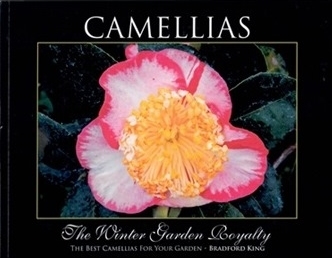 |
CAMELLIA SASANQUA: HERALDS OF THE CAMELLIA SEASON |
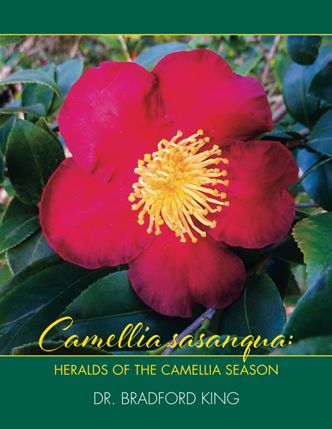 |
ORNAMENTAL CAMELLIAS |
 |
|
|
2026 - Upcoming Camellia Shows in SOCAL |
|
|
All ACS Cooperative Shows |
| Current for 2025 / 2026 Camellia Season | |
|
|
ACS Exhibitor Rankings |
| Current for 2024 / 2025 Camellia Season | |
|
|
ACS Bloom Rankings |
| Current for 2024 / 2025 Camellia Season | |
SOUTHERN CALIFORNIA
CAMELLIA SOCIETY
New Publications from the SCCS Hot off the Press!
Available September 1, 2023
Click on Desired Publication(s) Below to Order
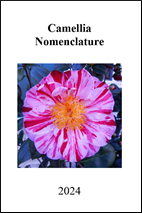 |
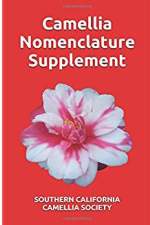 |
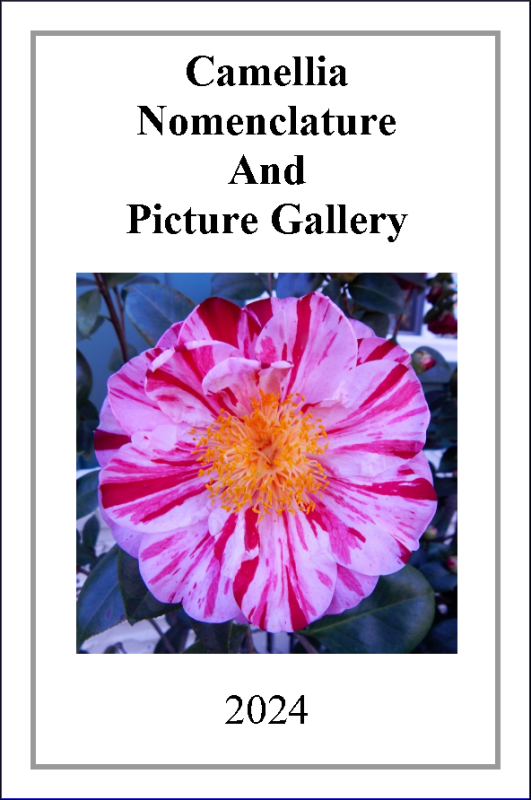 |
| 2024 Classic Camellia Nomenclature | 1996 Camellia Nomenclature Supplement "Red" Nomenclature | 2024 Camellia Nomenclature with approximately 4100 Pictures E - Nomenclature |